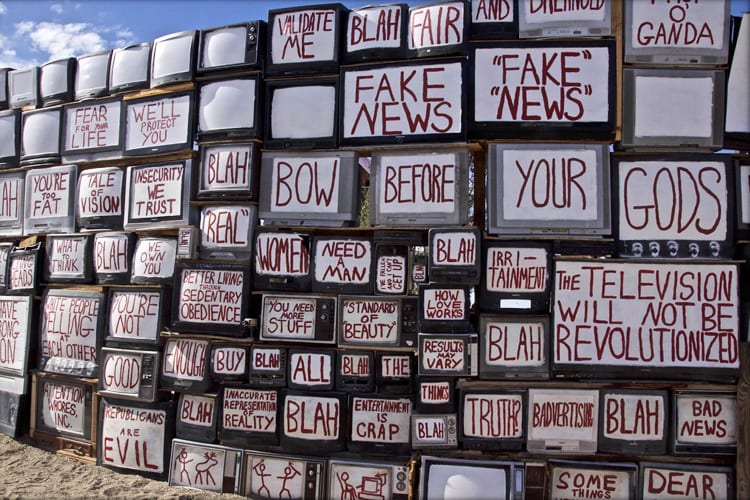Spending on campaign ads in Arizona reached a record $129 million this year, part of a national trend that saw cable and broadcast election ad spending top $3 billion for the first time in a midterm election cycle.
In Arizona, the spending was driven by high-profile campaigns like Proposition 127 and the still-undecided race between Republican Martha McSally and Democrat Kyrsten Sinema for the seat being vacated by Sen. Jeff Flake, R-Arizona.
A report by Advertising Analytics said that more than half of the 2018 ad spending went toward the Senate race, including the heated GOP primary, with other significant spending on the governor’s and attorney general’s races.
“It is absolutely unprecedented for a midterm. It has shattered every record there is,” said Steve Passwaiter, vice president and general manager of Kantar Media’s Campaign Media Analysis Group. “That kind of spend rivals previous presidential cycles.”
Some 40,470 ads were broadcast for Arizona congressional races in October alone, according to a Wesleyan Media Project analysis of Kantar’s data. That saturation led to what Brian Dille, a Mesa Community College political science professor, called a television “wasteland” during the campaign.
“I had a lot of people saying to me that, ‘I can’t wait ’til this election’s over so I can have normal TV again,’” he said.
And a lot of those ads went negative, an additional turn-off for many.
“I would say for Arizona – and I’ve been teaching here for 23 years – this would be one of the nastiest and most negative campaigns that I’ve seen and, again, a free-for-all of outside money flooding in,” said Erich Saphir, political science professor at Pima Community College.
Passwaiter said outside spending by political action committees and other groups played a big role “not just in Arizona, but around the country.”
“The amount of money that’s being spent by the PACs dwarfs what’s being spent from the candidates,” Passwaiter said. “There are only a few instances I can think of around the country where the candidates in a reasonably competitive race outspent the PACs.”
Regardless of who paid, Dille noted that there were also a few bright spots among the onslaught of negative messages.
“I saw a couple of positive ads that were a breath of fresh air, that I actually paid attention to,” he said. “Sinema ran one where she talked about her values and why she wanted to be senator, and that was just so refreshing to have someone tell you why they want you to vote for them, because most of the advertising is focused on why not to vote for the other side.”
But Arizona political consultant Kevin DeMenna said negative ads are just part of politics, and that they can help a critical voter.
“It’s all still vigorous, it’s a contact sport, and now there are just a lot more ways to communicate, and that’s the take-away,” he said. “The duty really rests with the voter to discriminate between good and bad information.”
And while people complained about the deluge of ads, DeMenna said the volume of ads is a good thing.
“It clearly isn’t turning people off, so much as they may not be enjoying the process of being informed,” he said.
DeMenna said that “money is driving the process – no apologies for that.” Passwaiter agreed that the ad blitz was a product of “incredibly robust” fundraising and outside spending, as well as the target audience.
“This, also, was a midterm election,” Passwaiter said. “Midterm elections usually tend to skew a little bit older than presidential elections do and if you are going to try and make an impression on those folks … they tend to be really heavy users of television.”
Dille said he expected that an open Senate seat would draw “a lot of national money” that would help fund “a ton of TV ads. Over and over and over again, it was Sinema and McSally ads.”
Mark Gorman, CEO of Matrix Solutions, said in an emailed statement that their data showed Sinema and McSally “spent similar margins on local TV ads.”
While it may be safe to turn the TV on again, DeMenna warned that more spending records will probably be set with the next election – especially in a state like Arizona, given its politics and its situation of essentially “one media market.”
“It’s an extraordinary state, the urban center of our state is cost effective,” he said. “More money spent on a single election cycle, on single issues, than ever before … that’s the new refrain, that every cycle we’re setting new highwater marks.”




